Smithsonian Nature Guide: Rocks and Minerals
Books contain fantastical stories, vast histories, and profound knowledge.
However, with the predominance of e-books, it’s easy to forget about the physical form of novels.
The crystals remove the text and solidify the books into geological sculptures, she continues.
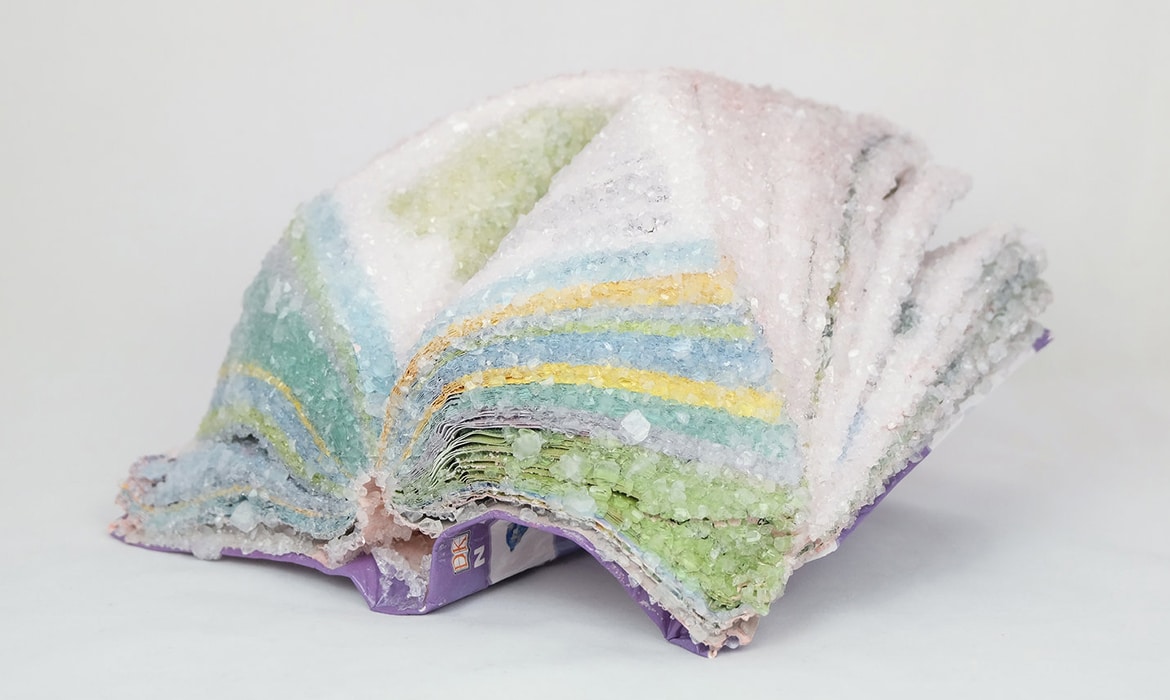
“Smithsonian Nature Guide: Rocks and Minerals”
Each book’s unique characteristicscover, page number, illustrationsare emphasized when it is congealed by the borax solution.
Some sculptures appear more colorful and flamboyant, others are unwieldy with stacks of hardened pages.
She was prompted to begin the series in 2011, during the surge of e-books.
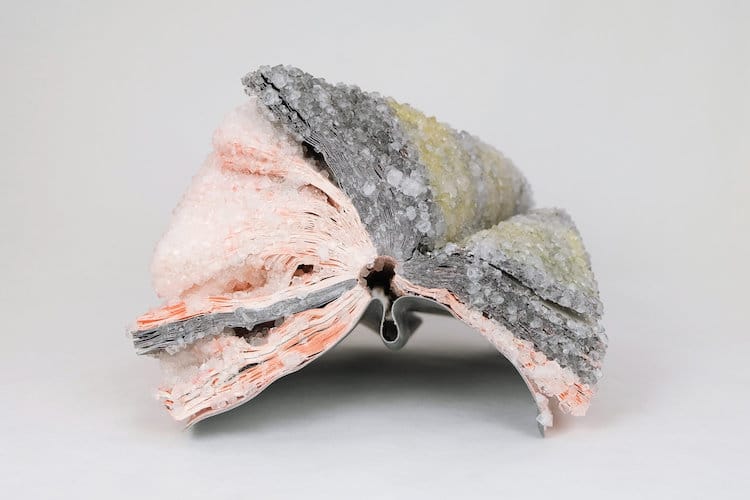
“Audubon Society Field Guide to North American Rocks and Minerals”
Arnold realized that the process transformed bookswhich are valuable in their reusabilityinto purely decorative, aesthetic artifacts.
Arnold’s series equalizes renowned titles and defunct phone books as inoperative, beautiful objects.
San Fransisco-based artist Alexis Arnold treats books with a borax solution so that they grow crystals.

“Gulliver’s Travels”
Gullivers Travels
Arnold transforms books into nonfunctional, decorative objects that resemble geological artifacts.
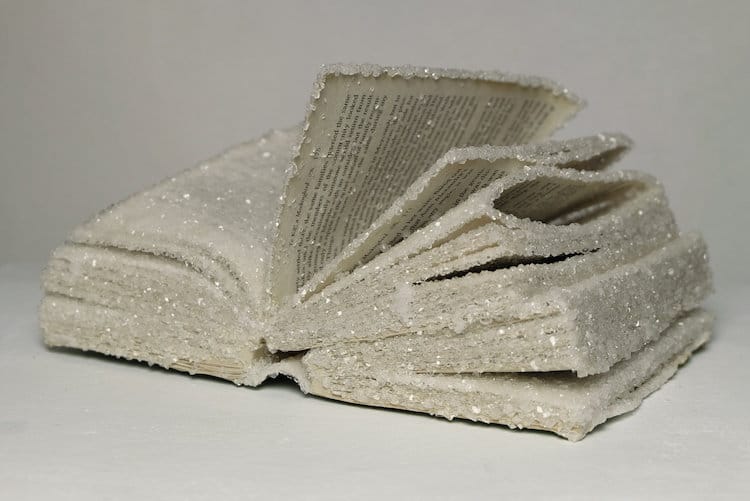
“To Kill a Mockingbird”
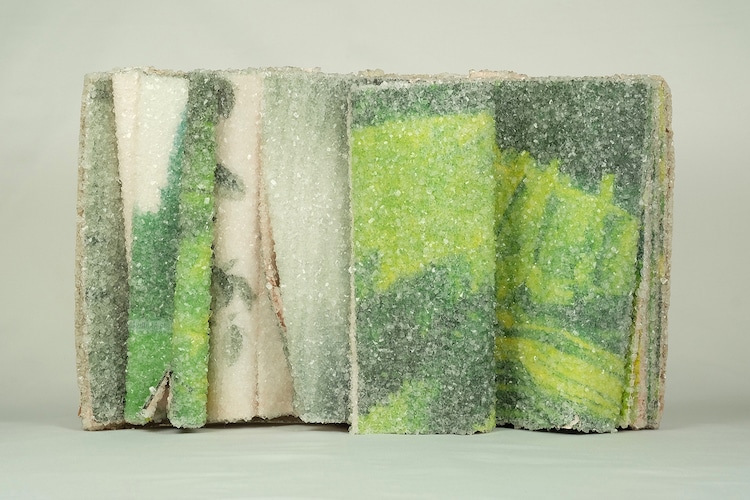
“In the Shade of Vines”
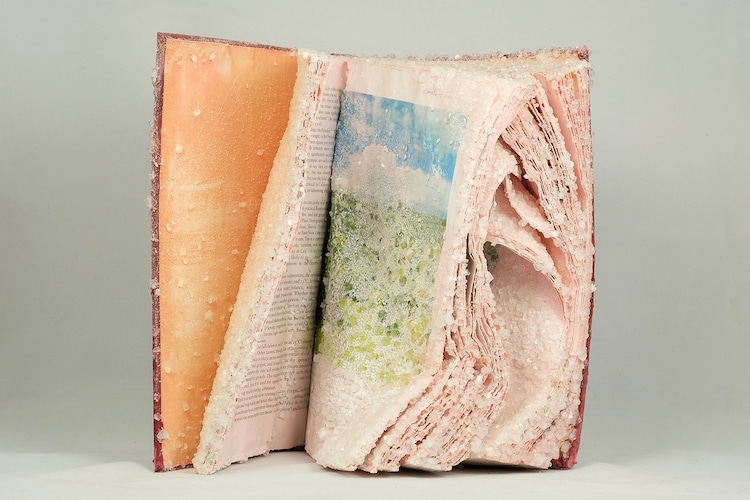
“The Vintner’s Art: How Great Wines Are Made”
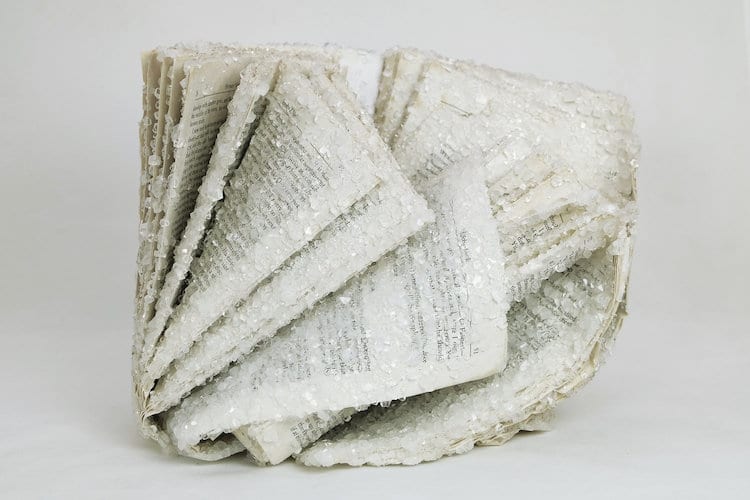
“Moby Dick” (3rd edition)
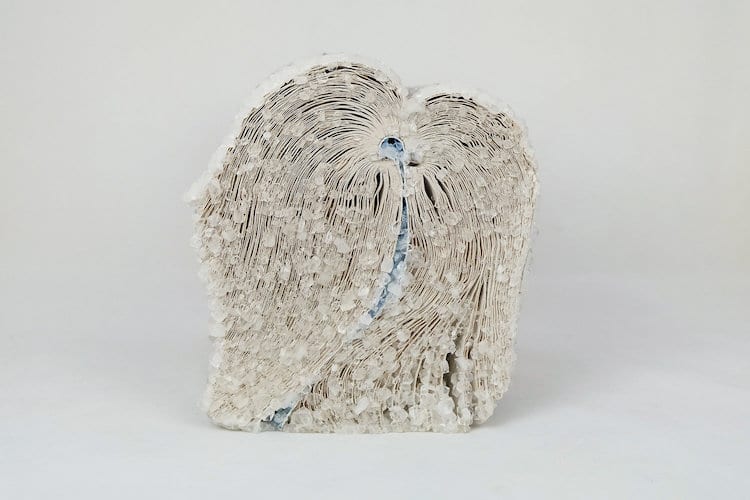
“Moby Dick” (2nd edition)
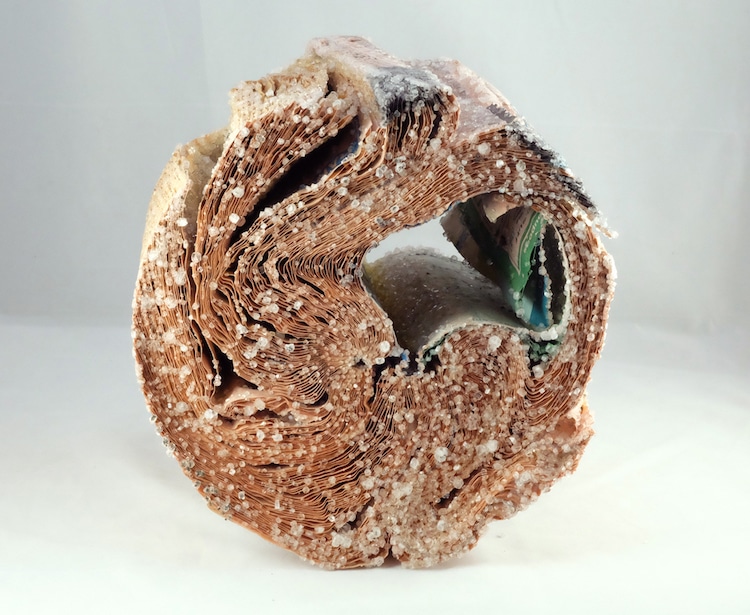
“2014 San Francisco Phone Book”
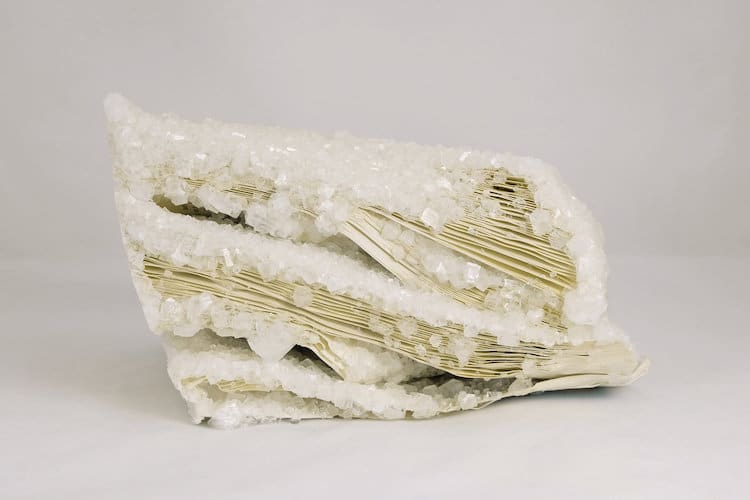
“Song of Solomon”
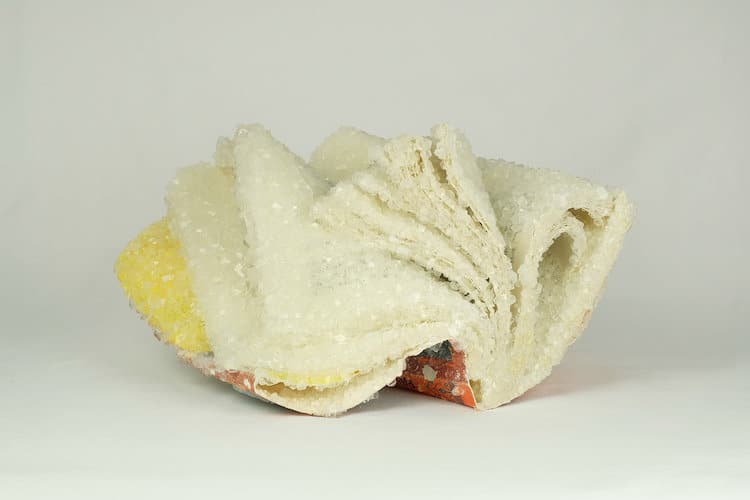
“The Alchemist”
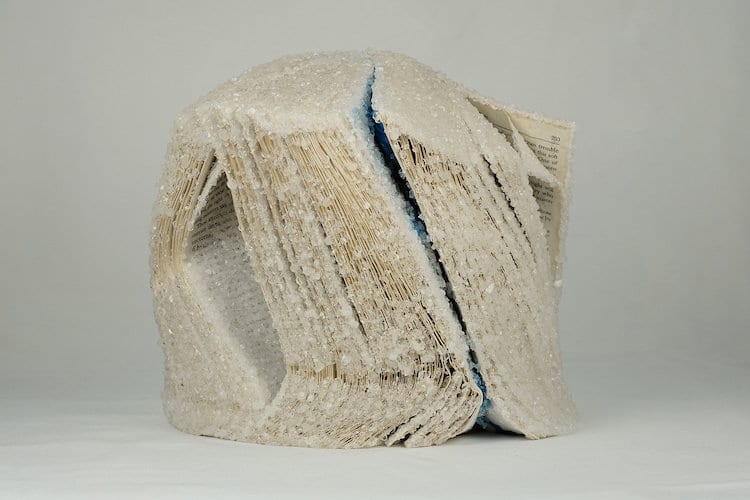
“The Three Musketeers”
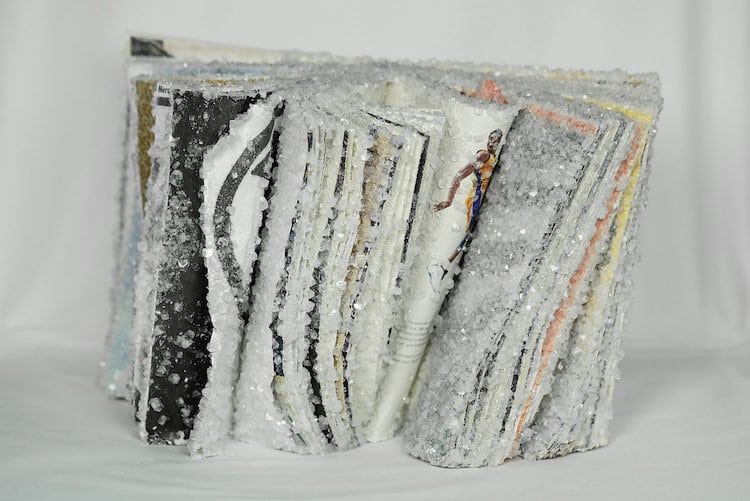
“Decoded” (by Jay-Z)

“Untitled”
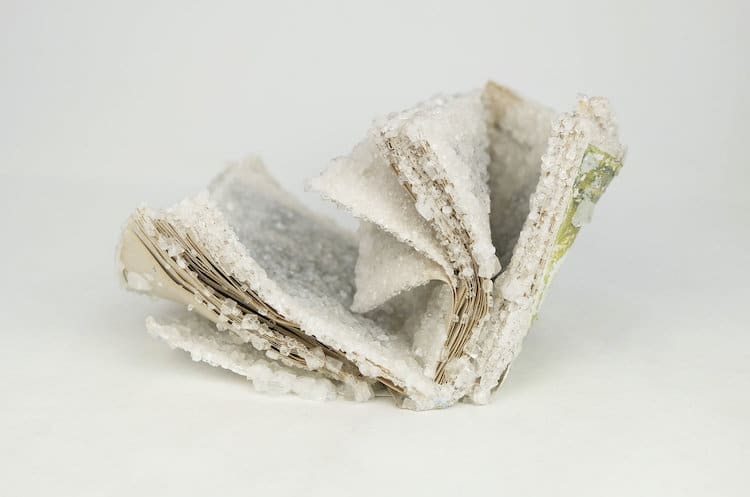
“From the Mixed-Up Files of Mrs. Basil E. Frankweiler”